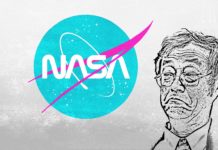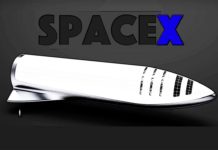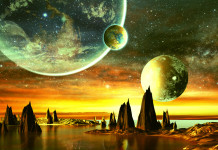NASA has just released a new desktop application that will increase the number of asteroids likely to be found by amateur astronomers. The algorithm in use has shown a fifteen percent increase in asteroid detection between Mars and Jupiter.
During a conference at Austin, Texas’ South by Southwest Festival a group of NASA representatives unveiled the new program, in addition to congratulating the number of individuals who have contributed to the findings in outer space. The source of the program was a joint development between NASA and Planetary Resources, Inc., a company focused on expanding humanities natural resources through the use of asteroid mining.
This was all part of NASA’s Asteroid Data Hunter Challenge, which is one aspect of the Asteroid Grand Challenge. There is a larger mission focused on a greater understanding of the impact and dangers asteroids may pose for humankind.
The ability to detect asteroids is the first step in a greater goal for the challenge: to eventually capture and asteroid and get it to orbit the moon. If this can be achieved, it is a definite possibility that we may see astronauts searching through the nooks and crevices of asteroids in the new future.
“The Asteroid Data Hunter challenge has been successful beyond our hopes, creating something that makes a tangible difference to asteroid hunting astronomers and highlights the possibility for more people to play a role in protecting our planet.” Said Jason Kessler, who heads the Asteroid Grand Challenge.
How will this data work for the at-home hunter? Asteroids are found by taking multiple pictures of the same place in the night sky, and then looking for little bits of moment in between each frame. Since there are images being taking constantly, shifting out the good from the bad can be difficult. The new algorithm will take some of that effort off the hands of astronomers, giving them a smaller set of data to go through, and ultimately finding more asteroids.
It took a massive team to get everything running. It was executed by NASA’s Center of Excellence for Collaborative Innovation, which, in combination with the Crowd Innovation Lab and a crowdsourcing platform powered by Topcoder, brought forth more than 750,000 individuals to help out with the work.
The desktop software is free and can be using by nearly any modern computer. You can download it here, TOP CODER

















